ACL Rehab Journey – Intro
I am writing about my recovery and rehab after rupturing my ACL last February.
Throughout this, I will cover the pre-injury period, the non-surgical and surgical rehab options, along with the prehab and post injury management for these.
I am a private practice physiotherapist at Be Your Best Physiotherapy in Cranbourne, and a physiotherapist for Port Melbourne Football club. I frequently see patients with sporting injuries (including ACL tears), along with treating those in the community with neck and back pain.
This is intended to help those in similar situations, and to provide a different perspective on ACL recovery, compared to those seen more commonly in professional sports.
Over one year ago, early February 2021, I travelled to Tasmania to complete a multi-day hike.
I was carrying a 3-month-old meniscus (knee cartilage) injury sustained playing futsal, which had fully recovered. I was back playing futsal already (albeit with a well strapped knee) and had full confidence in my ability to climb steep slopes and run across uneven trails.
My original meniscus injury happened towards the end of a futsal match in December 2020. I was sliding in to reach for a loose ball, and during my slide, my right knee gave way.
I went down, hobbled off, and iced my knee. Despite significant swelling, the knee felt stable and pain free. I was able to continue working the following day, with a slight limp (my patients had a great time watching me climb the stairs for exercise classes).
Before returning to futsal, I was back running, was able to skip and hop on one leg and change direction, without any pain. I made sure that everything was stable and ready to go.
Once I returned, initially I felt that I was pulling out of larger leaps and lunges, although I was gradually getting more confidence in my knee. My leg hairs were disappearing as I strapped my knee twice a week.
During one match in March, I felt that my knee was a little less stable than usual. I came off to the bench to test out my knee, after feeling that it wasn’t right. After trying some drills on the bench, I decided that the knee was going to be ready to play, and I went back on the field. This is the moment before I tore my ACL.
The injury itself was quick and innocuous. I was jumping in the air during a defensive action, about to change direction off my right leg. This is when my knee suddenly ‘gave way’ and popped.
Most ACL injuries in sports occur exactly like this. I walked off the pitch. Afterwards, sitting on the bench I could feel my quads and hamstrings twitching and spasming when I tried to straighten my leg. I drove home, applied frozen peas, and got ready for bed.
Over the following two weeks, I continued to work, giving my patients déjà vu as they watched me struggle up and down the stairs again.
I went out and spent time with friends, playing down the seriousness of my injury. Unfortunately, I had to cancel my plans to go wakeboarding that weekend (it was a tough call to make).
After ignoring my injury and hoping it would go away, I eventually decided to pay more attention to it. As I had feared, after a proper assessment of my knee, it was clear that I had ruptured my ACL, among other injured structures.
Here are the gritty MRI details:
- Ruptured ACL.
- Subcortical impaction fracture of the posterolateral corner of the tibial plateau.
- Grade 1 LCL tear.
- Interstitial tear of proximal popliteus tendon.
- Complex tear of the body and posterior horn of the medial meniscus.
- Moderate subcortical contusion of medial tibial plateau.
- Small grade 2 partial tear of deep proximal MCL fibres.
- Mild lateral patellar subluxation.
- Hoffa’s fat pad contusion.
I can imagine how a non-medical or lay person reading this about their own knee, not understanding any of these words, may feel that their knee is stuffed. I knew what most of these words meant, and I was therefore able to understand more clearly that my knee was stuffed.
Strength Classes
We have two strength classes per week! This fun class is ideal for those recovering from injury or illness and looking to return to exercise in a safe and supportive environment.
Bookings are essential: please call the clinic on 5996 2693
RICER for Ankle Sprains
Here are some handy hints for managing ankle sprains. Managing well in the early days post injury reduces the risk of re-injury when returning to sport
Hydrotherapy
Hydrotherapy classes have returned! Hydro is ideal for those returning to exercise after injury or illness. Classes are instructed by our physiotherapists and are claimable on private health insurance.
Classes are at 2pm on Thursdays at Casey RACE.
Bookings are essential: please call the clinic on 5996 2693
National Conference of Incontinence
Michelle attended the National Conference of Incontinence.
The first topic discussed was the management of complications of pelvic mesh. Michelle has seen a number of women with pain following use of mesh in pelvic surgery. The Government has set up a registry of pelvic surgery and the rates of mesh use in surgery in Australia is reducing.
The second part of the Conference was about preventing maternal birth trauma. Sadly 1/3 of mothers in Australia report birth trauma – physical, psychological or a combination of both. One of the presentations looked at factors before, during and after delivery to reduce the risk of trauma.
Pilates bookings now available online!
Pilates class bookings are now available online. We have FAQ sheet and YouTube video (click if you require assistance. Plus our admin team are available on phone (5996 2693) or email (help@beyourbestphysio.com.au) if further assistance is needed.
Stingrays Premiership!
After 19 years working with the Stingrays, we have finally won the premiership in the final year of the TAC Cup!
After finishing on top of the ladder at the end of the season, we won against GWV Rebels in the elimination final then Sandringham in the preliminary final to meet Oakleigh on the 22nd of September at Ikon Park.
Be Your Best Physios Mel, Amy and Jess were involved throughout the finals.
Congratulations to all of the players and staff on this wonderful achievement.
Be Your Best Strength Class
Due to popular demand an extra strength class has been added to our class timetable. Ideal for those returning to exercise after injury or illness – class can be suited to your needs.
Classes now run Wednesdays at 10am and Fridays at 2pm and run for 40 minutes.
Call our reception team on 5996 2693 for further details and to book!
New Strength Class at Be Your Best Physiotherapy!
Posted by Be Your Best Physiotherapy on Sunday, 13 May 2018
Strengthening for osteoporosis or low bone density?
Be Your Best Physiotherapy strength class runs at 10:40am every Wednesday.
Call the clinic on (03) 5996 2693 for details!



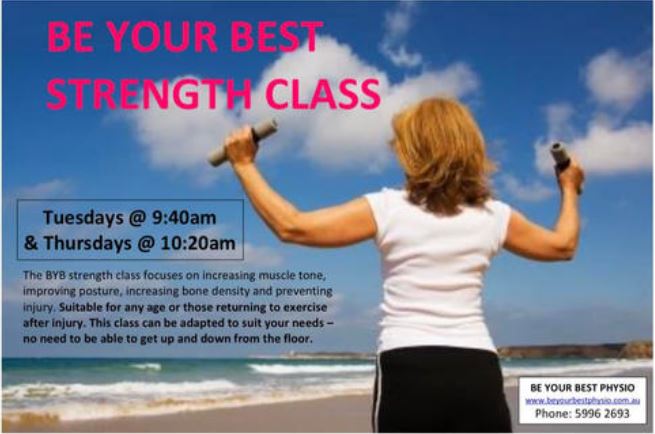

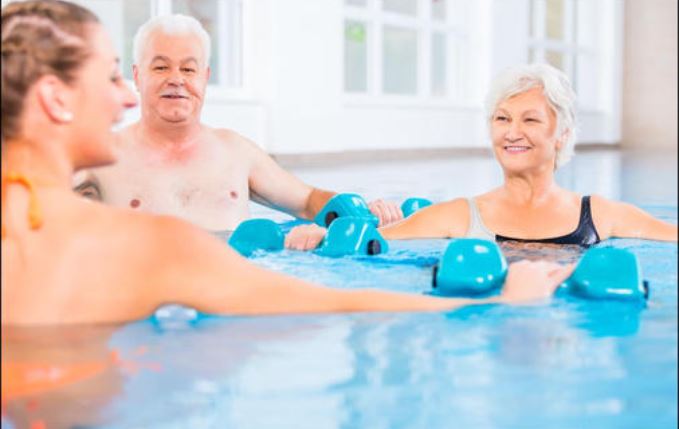
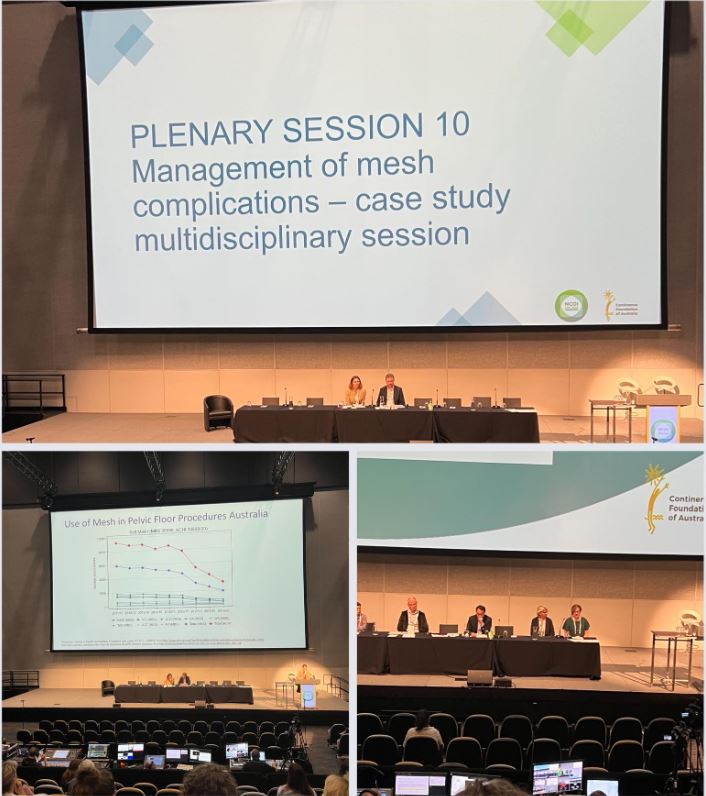


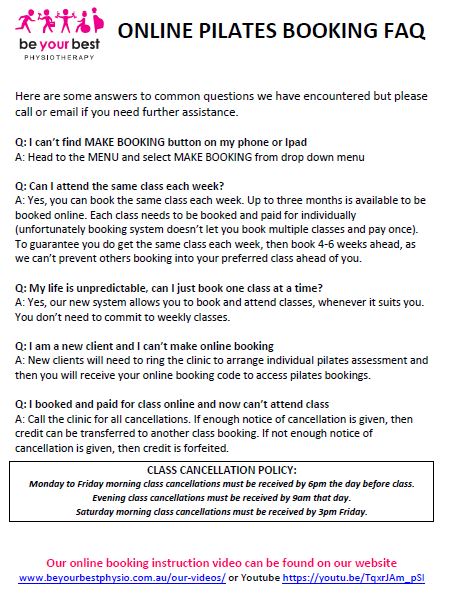
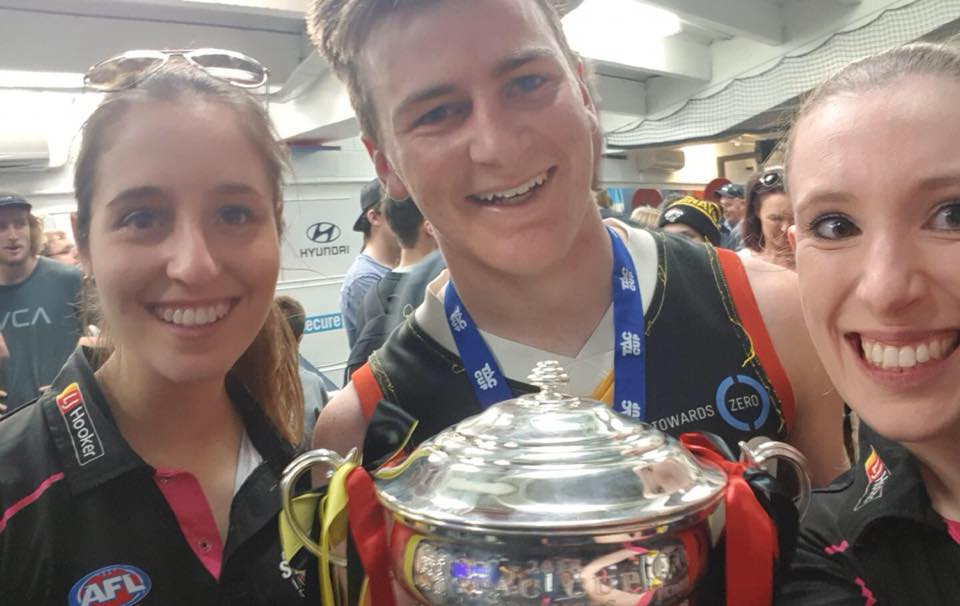


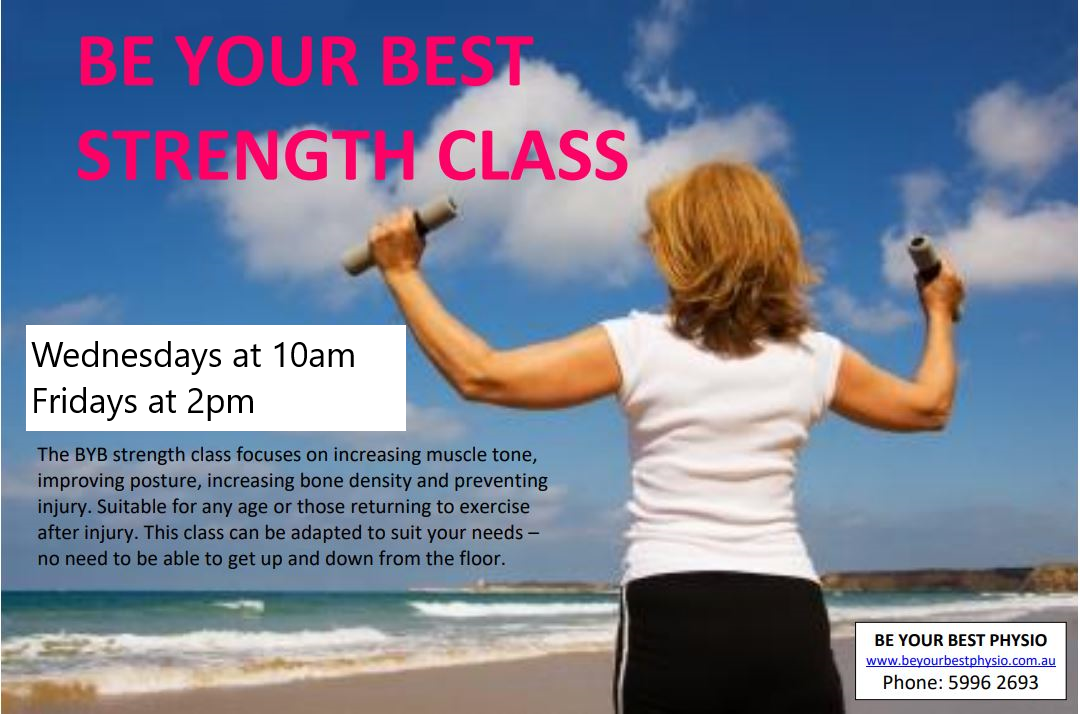
Recent Comments